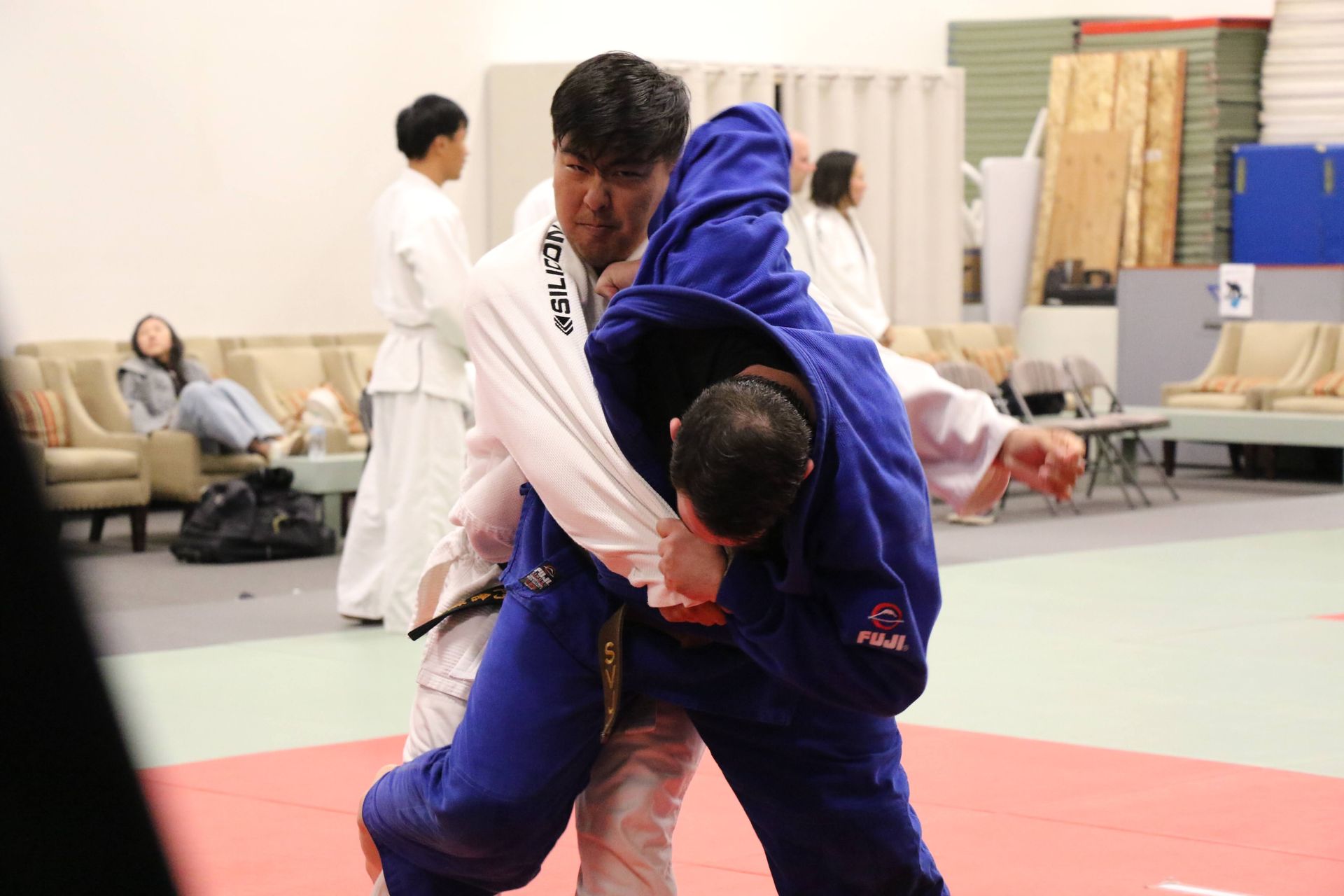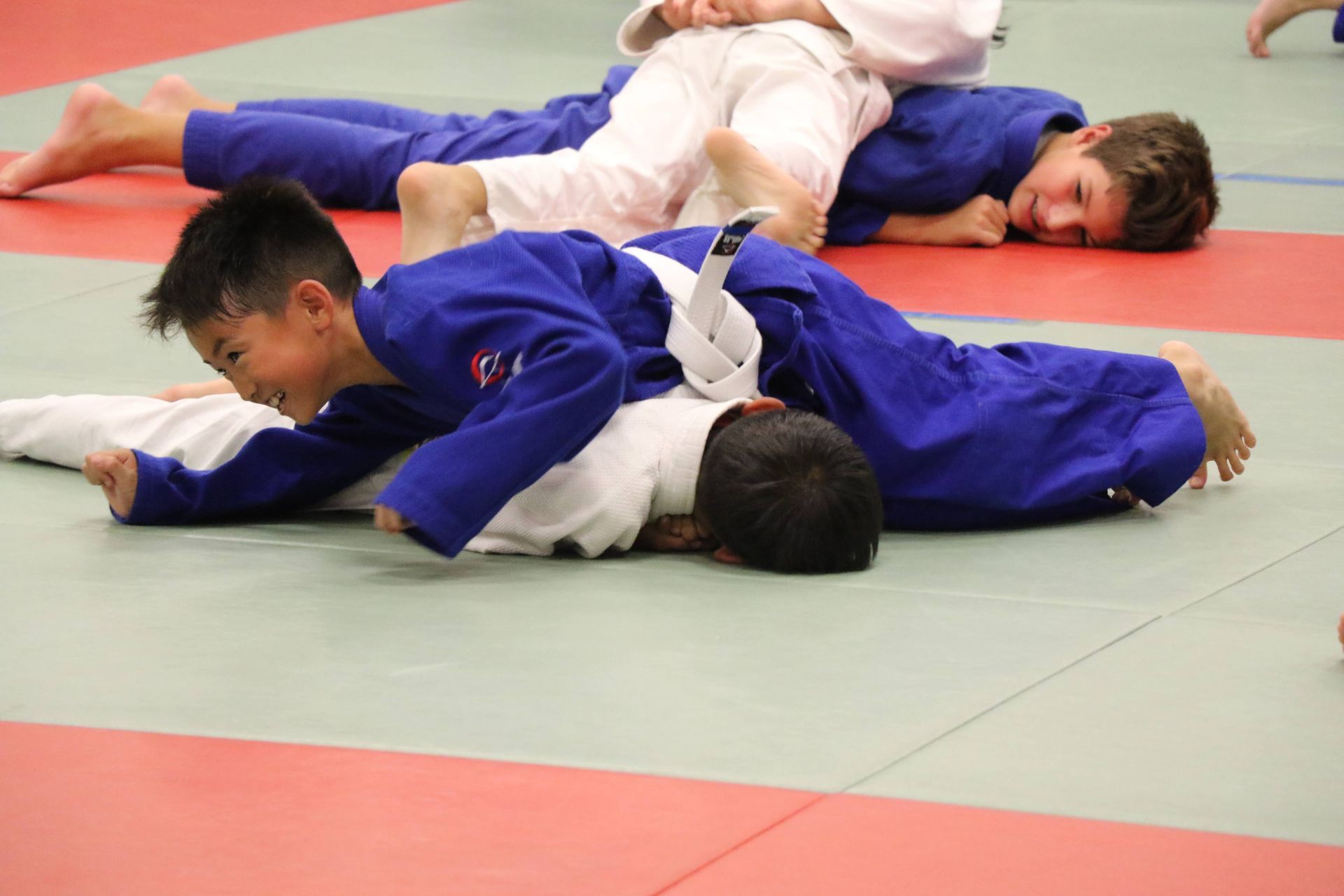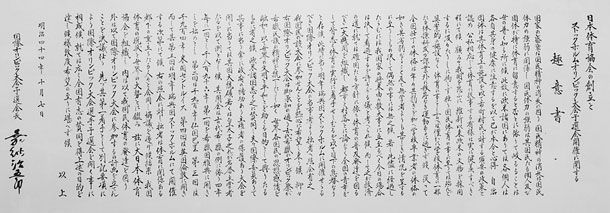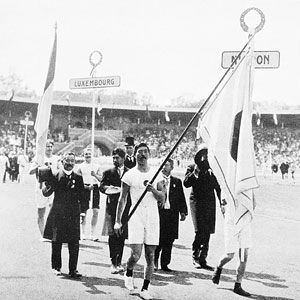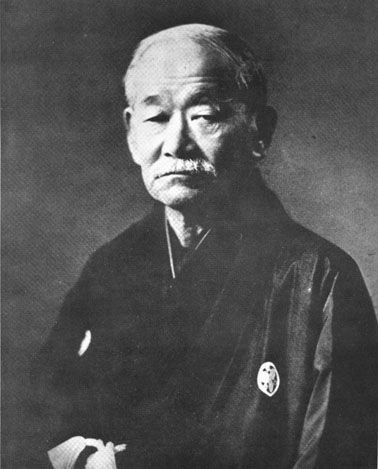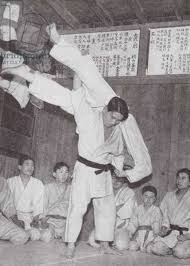/ju.do/ • Noun
"The Gentle Way" also translated as "The Giving Path"
HISTORY OF
Judo
Judo was created by Jigoro Kano in Japan. Kano, a passionate student of Jujutsu, sought to modernize and refine the traditional martial arts he had learned. He developed judo as a way to focus on technique and leverage rather than raw strength, making it safer and more effective for all.
Judo gained international recognition in the early 20th century, becoming a competitive sport and martial art practiced around the world. It was introduced into the Olympic Games in 1964, solidifying its global status.
Objective
“The objective is not to see how hard you can throw you can throw your opponent, but to see how little force was necessary.” - Dr. Jigoro Kano
The primary objective of judo is to use technique, strategy, and leverage to subdue your opponent without relying on brute strength.
Rather than overpowering your opponent, judo emphasizes the principle of "maximum efficiency, minimum effort" (seiryoku zenyo). This means using your opponent's movements and momentum against them to execute throws, holds, or pins, leading to a victory either by scoring an "ippon" or accumulating points over the course of a match.
The ultimate goal is to achieve ippon, a full point earned by a perfectly executed throw, pin, or submission, which ends the match instantly.
Beyond winning, the sport cultivates self-discipline, respect for others, and continuous physical and mental self-improvement. Judo’s philosophy teaches practitioners not only how to excel in competition but also how to approach life's challenges with calmness and resilience.
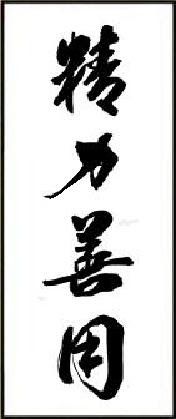
Advancement
SKILL DEVELOPMENT
To advance, students must demonstrate proficiency in specific judo techniques, such as throws, pins, and falls. Regular practice, along with mastering these moves, is essential to moving up in rank.
RANK PROGRESSION
Advancement in judo is based on a belt system, starting with white and moving through various colors to black. Each belt represents a new level of mastery, earned through practice, demonstration of skills, and time spent training.
PARTICIPATION IN COMPETITION
Participating in tournaments and engaging in dojo activities can accelerate your progress. Competition helps to refine your skills under pressure and can be a requirement for higher belt promotions.

White Belts

White Belt with Blue Stripe
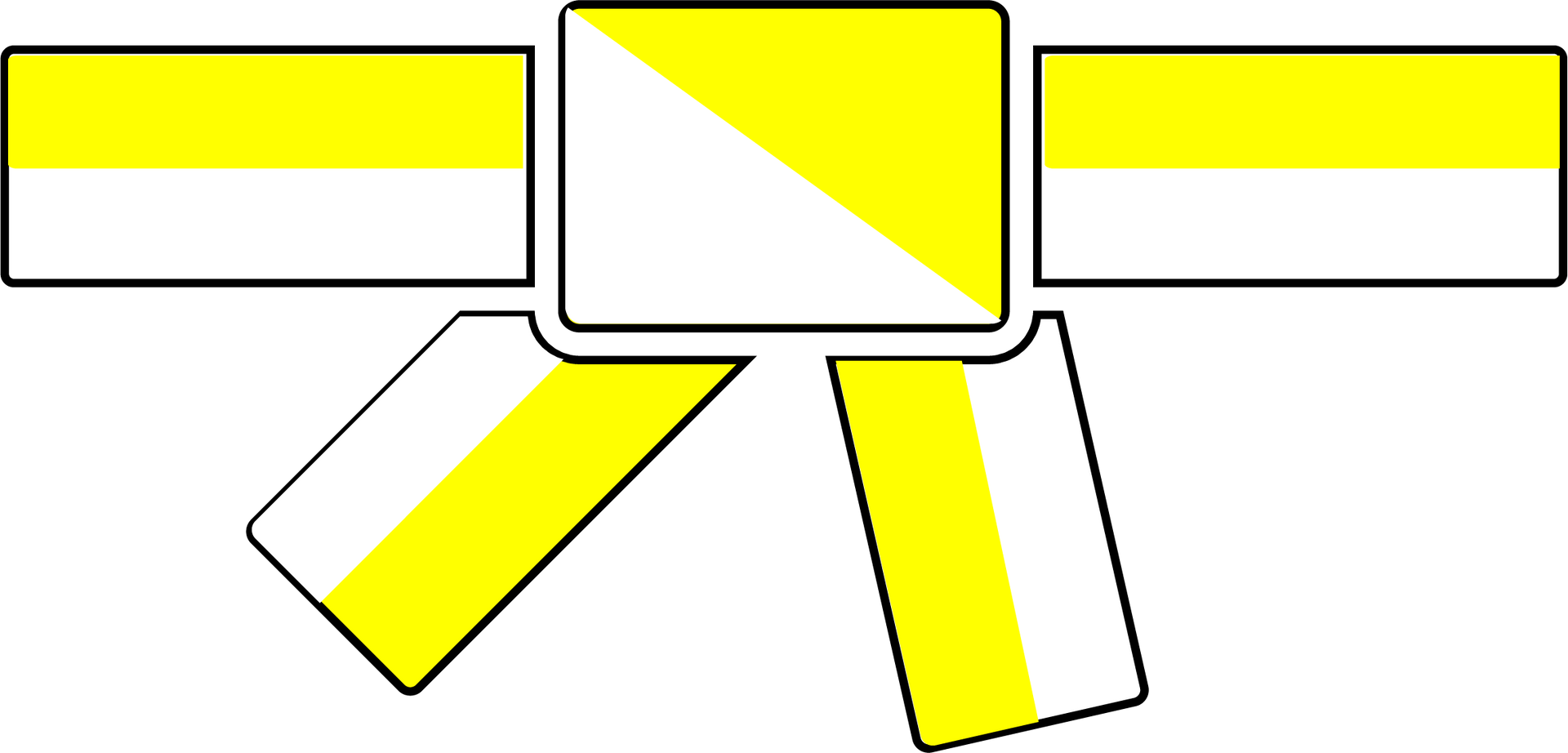
White-Yellow Belt

Yellow Belt
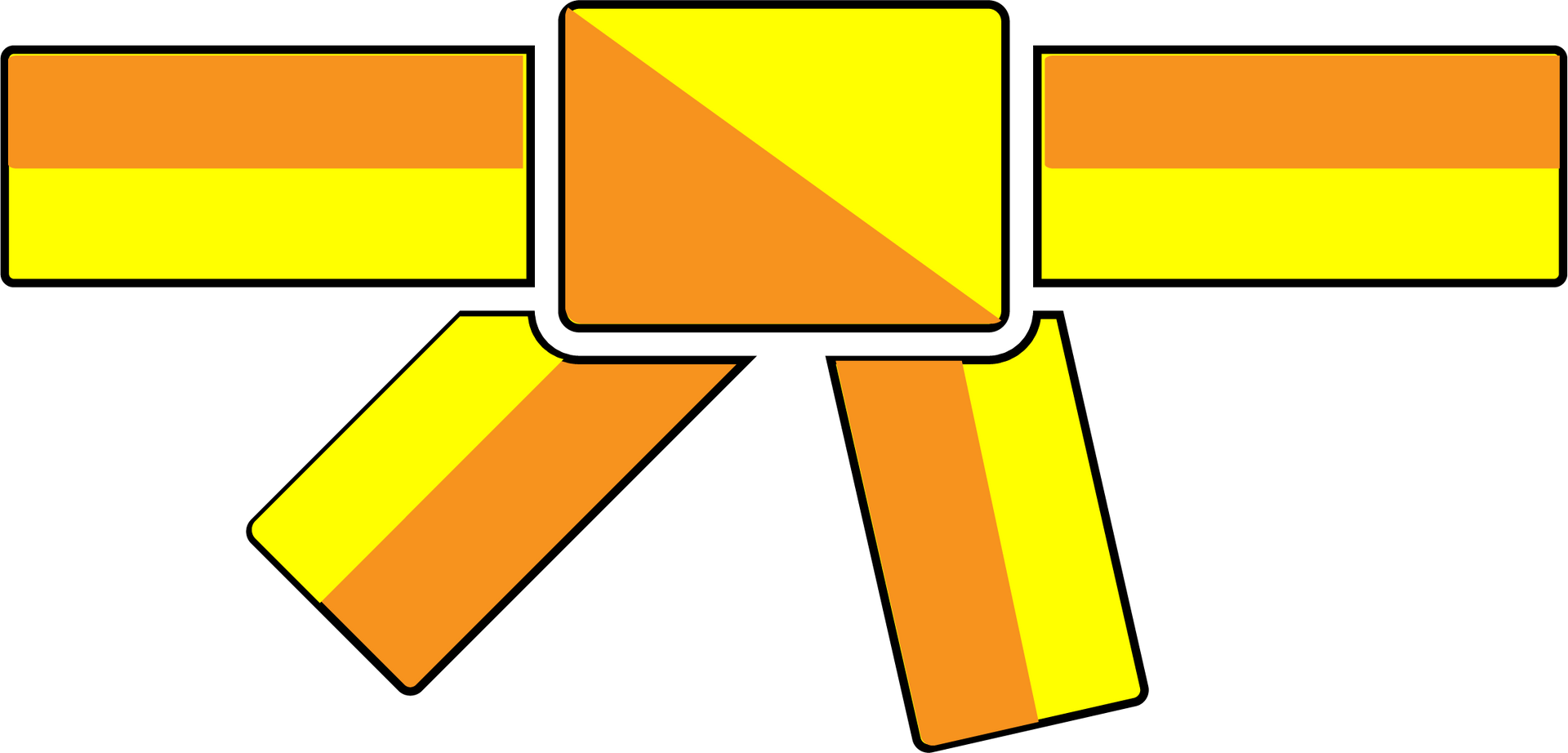
Yellow-Orange Belt

Orange Belt

Orange-Green Belt

Green Belt

Green-Blue Belt

Blue Belt

Blue-Purple Belt

Purple Belt

Brown Belts

Black Belts
dojo SAFETY STANDARDS
At Silicon Valley Judo, safety is a top priority to ensure a positive and secure training experience for all students. Our dojo adheres to the following safety guidelines:
Trained Instructors
All coaches are trained to teach proper techniques while emphasizing student safety in every class.
Active Supervision
Classes are carefully structured and supervised to maintain a controlled environment where students can learn safely and effectively.
Our experienced coaches intervene as necessary, providing clear guidelines to ensure safety, respect, and mutual welfare and benefit is being upheld.
Padded Mats
The dojo is equipped with high-quality, suspended fixed-mat surface that provides a cushion to minimize the risk of injury during throws and groundwork.
Age-Appropriate Training
We tailor instruction to the age and skill level of students, ensuring that techniques are taught progressively to prevent overexertion or strain.
In classes for students under 13, we avoid teaching choke holds or or arm bars to allow children to focus on safe grappling techniques without the risk of harmful moves.
Promoting Respect
Students are taught to respect their partners and practice techniques with control to protect one another and minimize the chance of injury.
